Home>Garden Essentials>How Many Days For Beet To Germinate
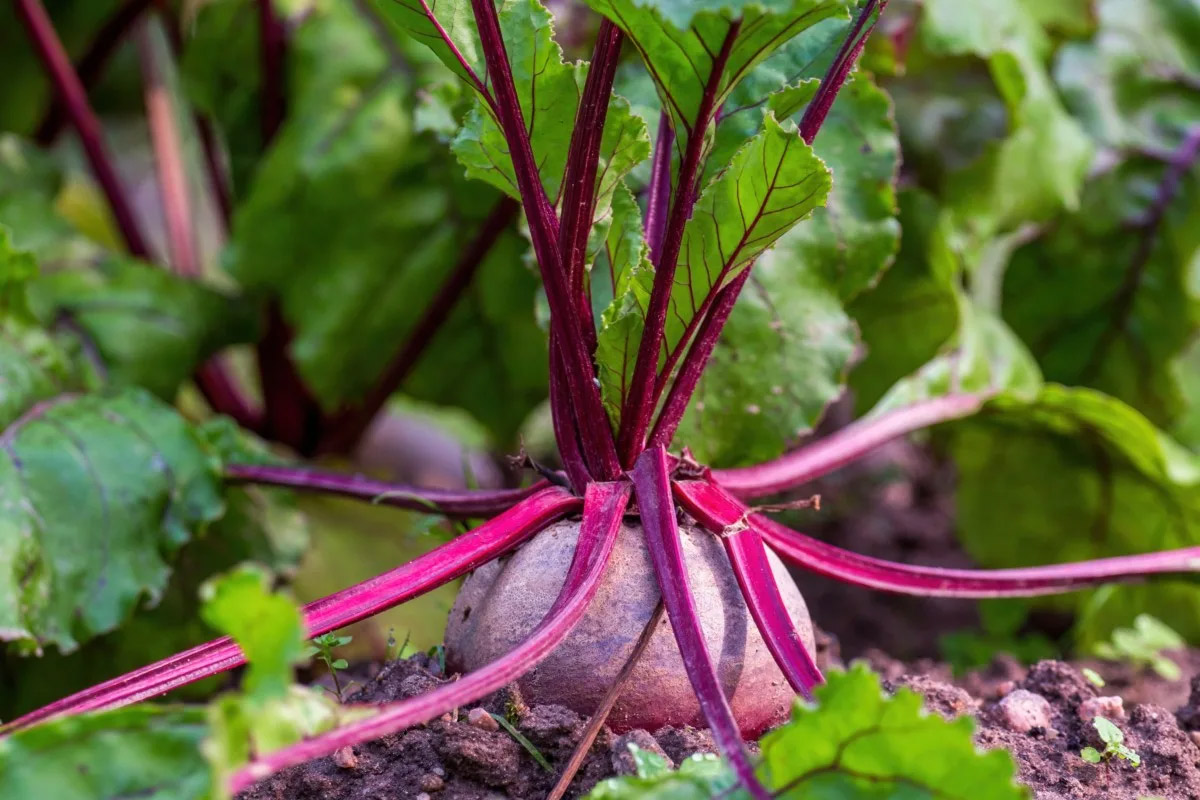

Garden Essentials
How Many Days For Beet To Germinate
Modified: August 20, 2024
Find out how long it takes for beet seeds to germinate in your garden. Discover the ideal timing for planting and nurturing your beets for a successful harvest.
(Many of the links in this article redirect to a specific reviewed product. Your purchase of these products through affiliate links helps to generate commission for Storables.com, at no extra cost. Learn more)
Introduction
Welcome to the fascinating world of gardening! If you’re new to gardening or have recently introduced beets to your garden, you may be wondering how long it takes for beet seeds to germinate. Germination is a critical stage in the life cycle of a plant, as it marks the point when a seed develops into a young plant. Understanding the factors that affect beet germination and how to optimize the conditions can significantly impact the success of your beet-growing venture.
Beets, scientifically known as Beta vulgaris, are cool-season vegetables that are closely related to Swiss chard and spinach. They are known for their vibrant colors, earthy flavor, and nutritional value. Whether you’re growing beets for their roots, leaves, or both, encouraging successful germination is the first step towards a bountiful harvest.
In this article, we will explore the factors that influence beet germination, the ideal conditions for germination, the average germination time for beet seeds, and how to extend the germination period if needed. We will also address common germination issues and provide troubleshooting tips to help you overcome any obstacles along the way.
So, grab your gardening gloves and let’s dive into the wonderful world of beet germination!
Key Takeaways:
- Beet seeds typically take 7 to 14 days to germinate, but factors like temperature and moisture can affect the timing. Patience and monitoring are key to a successful germination process.
- Techniques like successive planting and pre-chilling seeds can extend the germination period for beets, offering flexibility and a continuous harvest. Troubleshoot common issues to ensure healthy beet growth.
Read more: How Many Days For Yarrow To Germinate
Factors Affecting Beet Germination
Several factors can impact the germination of beet seeds. Understanding these factors is essential to create the optimal conditions for successful germination. Here are some key factors that can influence beet germination:
- Temperature: Beets prefer cooler temperatures for germination. The ideal soil temperature for beet germination ranges from 50°F to 85°F (10°C to 29°C). Extreme heat or cold can hinder germination, so it’s important to sow beet seeds at the appropriate time based on your local climate.
- Soil Moisture: Adequate moisture is crucial for beet seed germination. The soil should be evenly moist, but not waterlogged. Dry soil can delay or prevent germination, so ensure the seeds have consistent access to moisture.
- Soil pH: Beets thrive in slightly acidic to neutral soil, with a pH range of 6.0 to 7.5. Test your soil’s pH and adjust if necessary to create the optimal growing environment for beet seeds.
- Seed Quality: High-quality seeds are vital for successful germination. Purchase seeds from reputable sources, ensuring they are fresh and viable. Avoid using seeds that are past their expiration date or show signs of damage or deterioration.
- Seed Depth: Proper seed depth is crucial for successful germination. Beet seeds are relatively small and should be planted shallowly, about ½ inch (1.3 cm) deep. If planted too deep, the seeds may struggle to emerge, leading to poor germination rates.
- Seed Scarification: Beet seeds have a tough outer shell that can sometimes inhibit germination. To enhance germination rates, you can lightly scarify the seed coat using sandpaper or soak the seeds in water for a few hours before planting.
By considering these factors and making appropriate adjustments, you can create a favorable environment for beet seed germination. Next, let’s explore the optimal conditions required for successful germination.
Ideal Conditions for Beet Germination
To ensure successful beet germination, it’s crucial to provide the optimal conditions that meet the needs of the seeds. Here are the key elements to consider:
- Temperature: Beets prefer cooler temperatures for germination. The ideal soil temperature for beet germination ranges from 50°F to 85°F (10°C to 29°C). Start sowing your beet seeds when the soil temperature is consistently within this range to encourage faster and more even germination.
- Moisture: Adequate moisture is essential for beet seed germination. Keep the soil evenly moist throughout the germination period. You can achieve this by watering gently and regularly, ensuring the soil does not dry out or become waterlogged. Mulching the soil surface can help retain moisture and prevent the formation of a hard crust.
- Light: While beets are not overly dependent on light for germination, providing some light can help stimulate the process. You can either sow the seeds in a location that receives partial sunlight or place a grow light over the germination area to provide adequate illumination.
- Soil Quality: Beets prefer well-draining soil that is rich in organic matter. Before planting, amend the soil with compost or well-rotted manure to improve its fertility and structure. Loose soil allows the beet seeds to develop roots easily and facilitates their emergence from the ground.
- Seed Spacing: Proper seed spacing is important for the development of healthy beet plants. Sow the seeds about 1-2 inches (2.5-5 cm) apart, as beets require adequate space to grow and develop their roots. Crowded seedlings can compete for resources, leading to stunted growth and lower germination rates.
- Protection from Pests: Beets can be susceptible to pests such as birds, slugs, and snails, which may feed on the newly emerged seedlings. Consider using physical barriers, such as row covers or netting, to protect the germinating seeds from these potential threats.
By providing the ideal conditions of temperature, moisture, light, soil quality, seed spacing, and protection, you can optimize the chances of successful beet germination. Next, let’s explore how long it usually takes for beet seeds to germinate.
Germination Time for Beet Seeds
The germination time for beet seeds can vary depending on various factors, including the quality of the seeds, temperature, moisture levels, and other environmental conditions. On average, beet seeds take around 7 to 14 days to germinate and emerge from the soil.
However, it’s important to remember that germination is a process, and not all seeds will germinate at the same time. Some beet seeds may sprout earlier, while others may take a bit longer. This natural variation is normal and should not cause concern.
Beets are known to germinate best in cool soil temperatures, around 50°F to 85°F (10°C to 29°C). If the soil temperature is on the warmer side of the range, germination may occur more quickly, possibly within 5 to 7 days. On the other hand, if the soil temperature is cooler, germination may take closer to the 14-day mark.
It’s essential to monitor the moisture levels during the germination period. The soil should be kept consistently moist but not waterlogged. If the soil becomes too dry or too wet, it can delay or hinder the germination process.
Be patient and keep a close eye on your beet seeds. As they start to germinate, you will see small seedlings emerge from the soil, usually with the cotyledons (the first leaves) unfolding. Once the seedlings have emerged, continue to provide the necessary care, including regular watering and protection from pests, to help them grow into healthy beet plants.
Remember that germination times can vary based on individual growing conditions, so don’t be discouraged if your seeds take a bit longer to sprout. If you’ve provided the ideal conditions of temperature, moisture, and soil quality, you should soon be rewarded with the sight of your beet seeds germinating and growing.
Next, let’s explore how you can extend the germination period for beets if needed.
Beet seeds typically germinate in 5-10 days when planted in well-drained soil with plenty of sunlight and regular watering. Keep the soil consistently moist for best results.
Extending Germination Period for Beets
The germination period for beets typically ranges from 7 to 14 days. However, there may be instances where you want to extend this period for various reasons, such as staggered planting or ensuring a more continuous harvest. Here are a few techniques to consider:
- Successive Planting: Successive planting is a technique where you sow beet seeds in multiple batches, spaced a few weeks apart. This allows for a staggered germination and harvest, providing a continuous supply of beets throughout the growing season.
- Pre-chilling Seeds: Some gardeners have had success with pre-chilling beet seeds before planting. This technique simulates a period of cold stratification, which can help break seed dormancy and promote more uniform germination. To pre-chill seeds, place them in a damp paper towel or bag and keep them in the refrigerator for about a week prior to planting.
- Adjusting Soil Temperature: As mentioned earlier, soil temperature plays a significant role in beet germination. By adjusting the soil temperature, you can manipulate the germination period. If you want to extend the germination period, you can sow the seeds when the soil is slightly cooler. This can be achieved by planting earlier in the season or providing shade to the germination area to lower the soil temperature.
- Moisture Management: Controlling the moisture levels can also impact the germination period. If you want to prolong the germination, carefully manage the moisture levels by reducing watering frequency. Avoid overwatering, as excessive moisture can speed up germination. However, it’s crucial to maintain adequate moisture to support the germination process and prevent the soil from drying out completely.
- Seed Scarification: Scarifying the beet seeds can also be a technique to extend the germination period. By lightly scratching or nicking the seed coat, you can create small openings that allow water to penetrate and initiate germination at a slower pace. This method can help ensure a more even and extended germination period.
Remember to monitor the progress of your beet seeds and adjust the specific techniques based on their response. By applying these methods, you can extend the germination period and create a more continuous and abundant harvest of beets.
Now, let’s address some common germination issues and troubleshooting tips to ensure successful beet germination.
Read more: How Many Days For Marigolds To Germinate
Troubleshooting Common Germination Issues
Germination is an exciting stage in gardening, but it can sometimes come with challenges. Here are some common germination issues that gardeners may encounter when growing beets, along with troubleshooting tips:
- Poor Germination: If you notice low germination rates or poor seedling emergence, several factors could be at play. Ensure that you’re using fresh and high-quality seeds. Check that the soil temperature is within the optimal range of 50°F to 85°F (10°C to 29°C). Keep the soil consistently moist, but not waterlogged, and avoid over or under-watering. Consider scarifying or pre-chilling the seeds to break dormancy and improve germination rates.
- Disease and Pest Damage: Beets can be susceptible to various diseases and pests that can hinder germination. Common pests include cutworms, flea beetles, and aphids. Implement preventive measures, such as using row covers or applying organic pest control methods, to protect your seeds and seedlings from damage. Additionally, rotate your crops yearly to minimize the risk of disease buildup in the soil.
- Uneven Germination: Uneven germination can occur due to inconsistent moisture levels or improper seed depth. Ensure that the soil is evenly moist throughout the germination period, as fluctuations in moisture can lead to uneven sprouting. Plant the seeds at the recommended depth of about ½ inch (1.3 cm) to promote uniform emergence.
- Seedling Damping Off: Damping off is a fungal disease that can affect young seedlings, causing them to wilt and eventually die. To prevent damping off, practice good sanitation by using sterilized seed-starting mix and clean containers. Avoid overwatering and ensure proper air circulation around the seedlings.
- Seedling Transplant Shock: If you’re transplanting seedlings rather than direct sowing, they may experience transplant shock. Minimize shock by gently handling the seedlings and ensuring they have a well-prepared planting hole. Water the transplanted seedlings thoroughly to help them establish in their new location.
By addressing these common germination issues, you can improve the chances of successful seedling emergence and ensure healthy beet growth. Remember that gardening involves experimentation, and it’s normal to face challenges along the way. Learning from these experiences will make you a more skilled gardener in the long run.
Now that we’ve addressed common issues, let’s summarize our findings.
Conclusion
Successfully germinating beet seeds is a thrilling experience for any gardener, and understanding the factors that affect germination is key to achieving a successful outcome. By providing the ideal conditions of temperature, moisture, light, and soil quality, you can optimize the germination period for beets.
Remember that beet seeds typically take around 7 to 14 days to germinate, depending on various factors such as temperature and moisture levels. While some natural variation is expected, monitoring these conditions will help ensure a more uniform germination process.
If you wish to extend the germination period for beets, techniques such as successive planting, pre-chilling seeds, adjusting soil temperature, moisture management, and scarification can be employed. These methods offer flexibility in timing and can help create a continuous harvest throughout the season.
However, it’s important to be aware of common germination issues and proactively troubleshoot problems that may arise. Addressing poor germination rates, disease and pest damage, uneven germination, damping off, and seedling transplant shock can significantly improve the overall success of beet germination.
As a gardener, remember that patience, observation, and experimentation are key. Gardening is a continuous learning process, and each growing season presents new opportunities to refine your skills and knowledge.
So, embrace the excitement of beet germination, tend to your seeds with care, and enjoy the journey from tiny seeds to vibrant beet plants. Before you know it, you’ll be harvesting delicious and nutritious homegrown beets from your garden.
Frequently Asked Questions about How Many Days For Beet To Germinate
Was this page helpful?
At Storables.com, we guarantee accurate and reliable information. Our content, validated by Expert Board Contributors, is crafted following stringent Editorial Policies. We're committed to providing you with well-researched, expert-backed insights for all your informational needs.
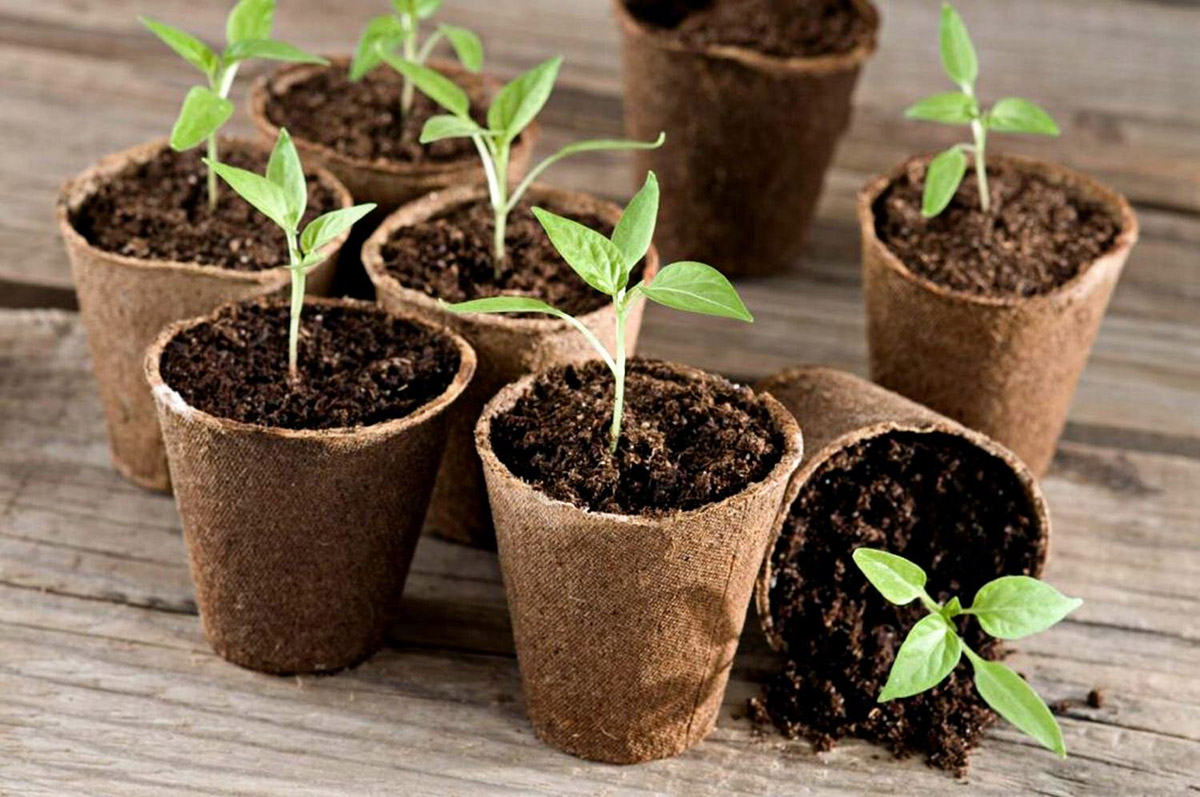
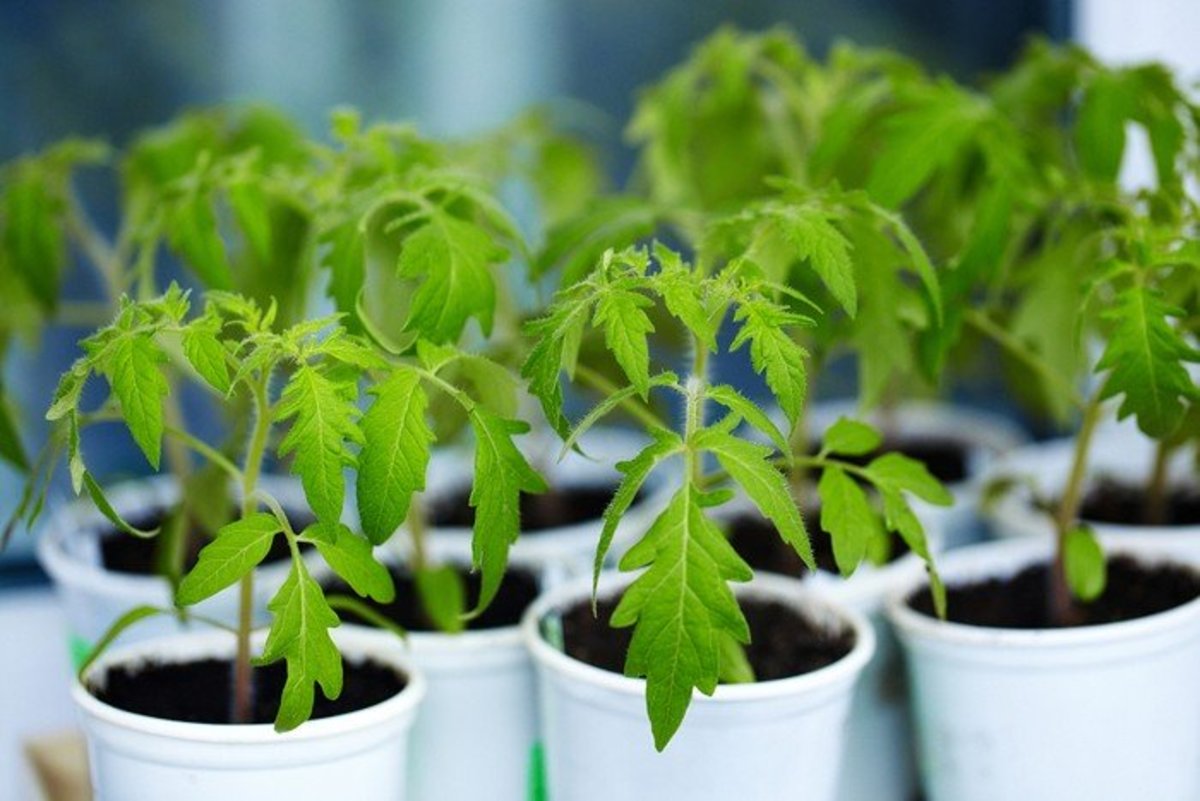
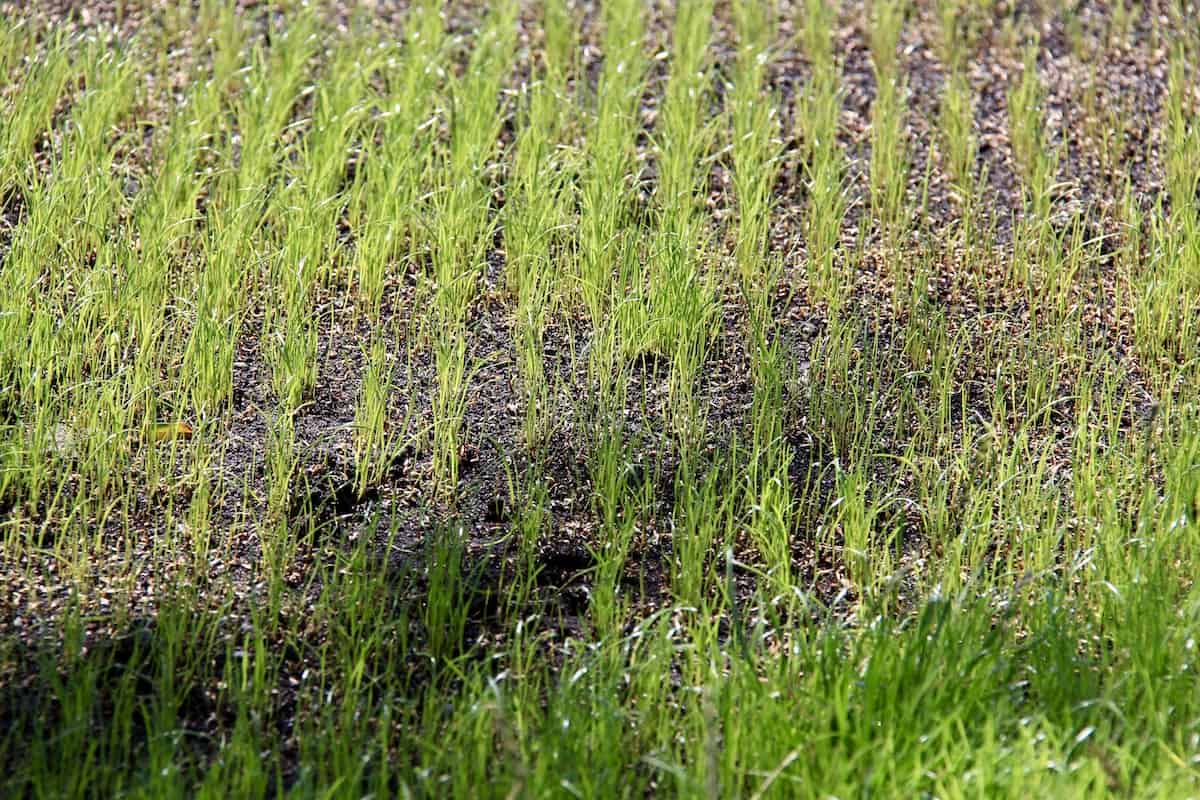

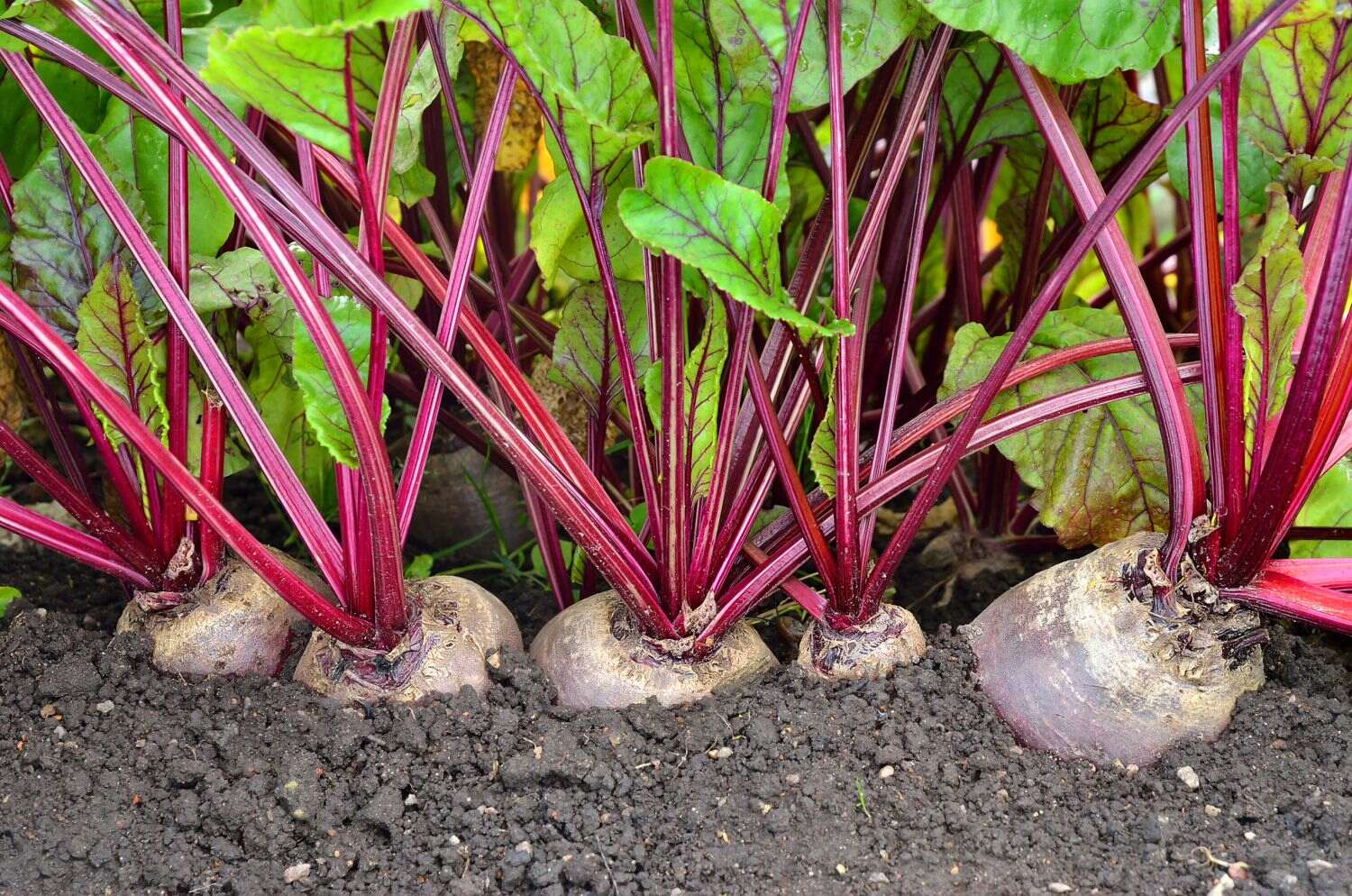
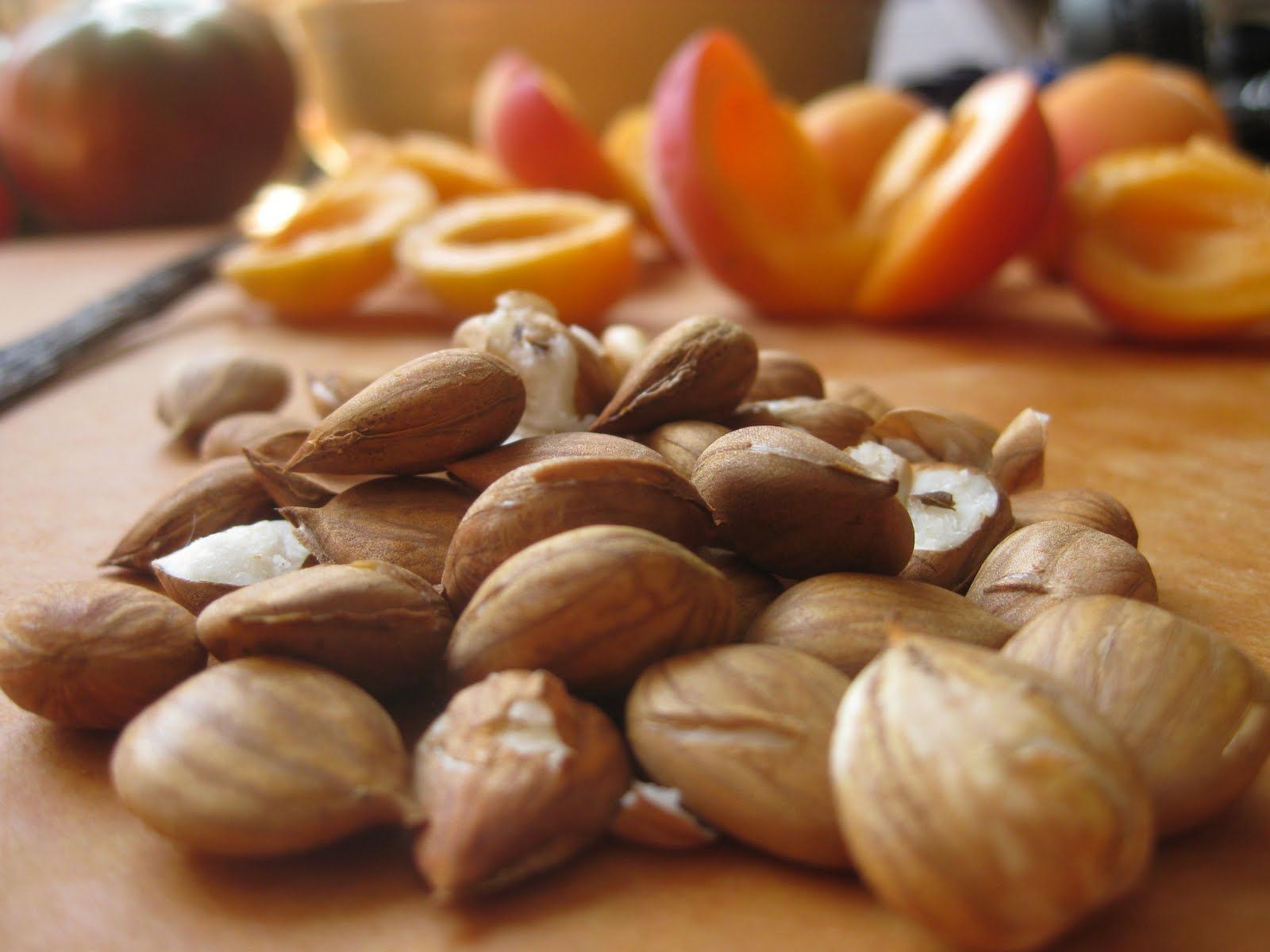

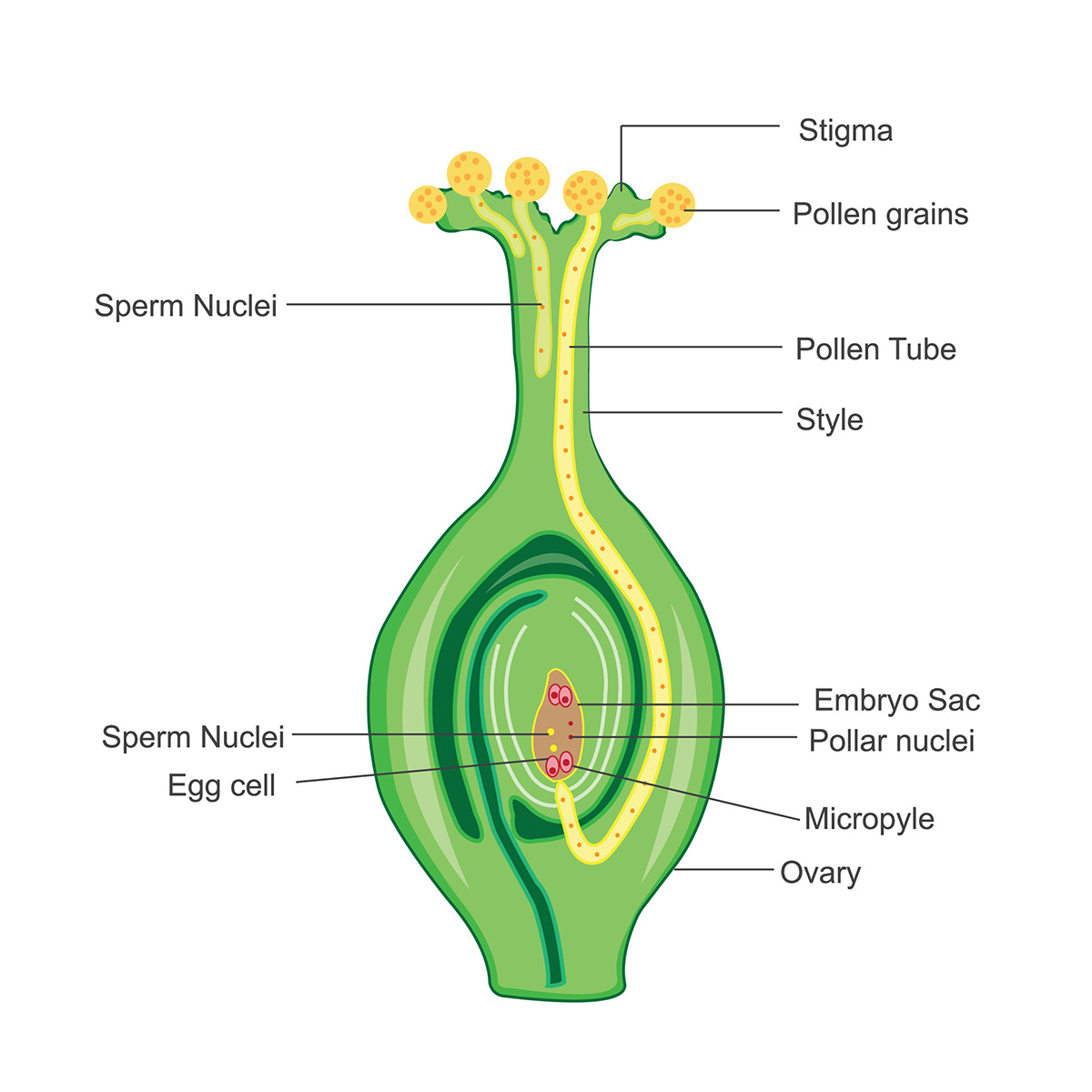
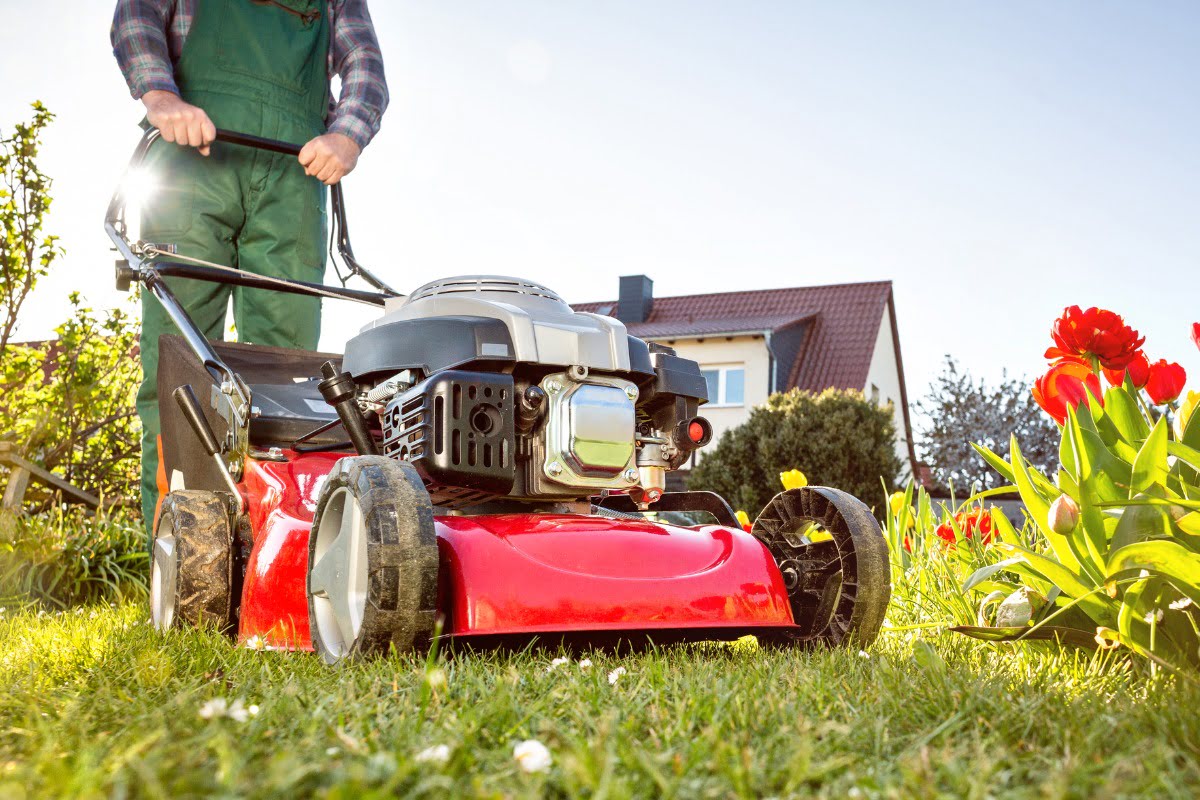
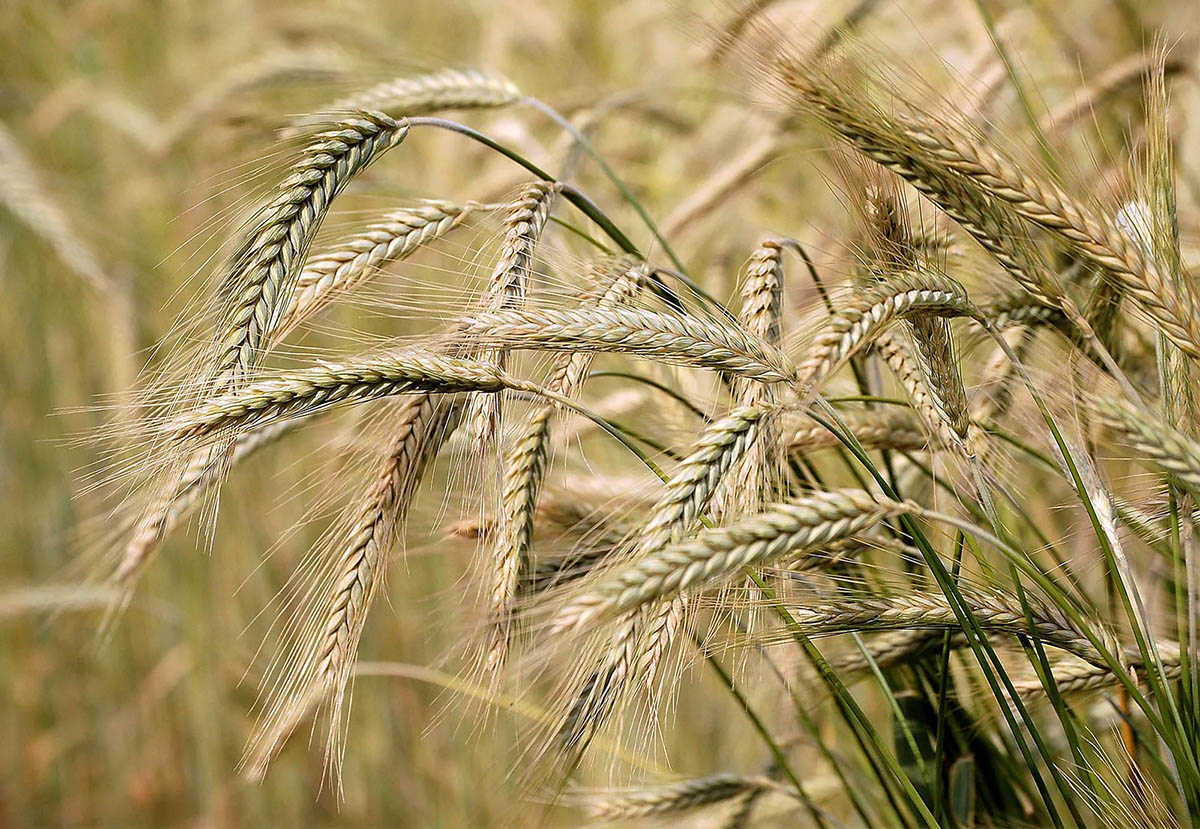
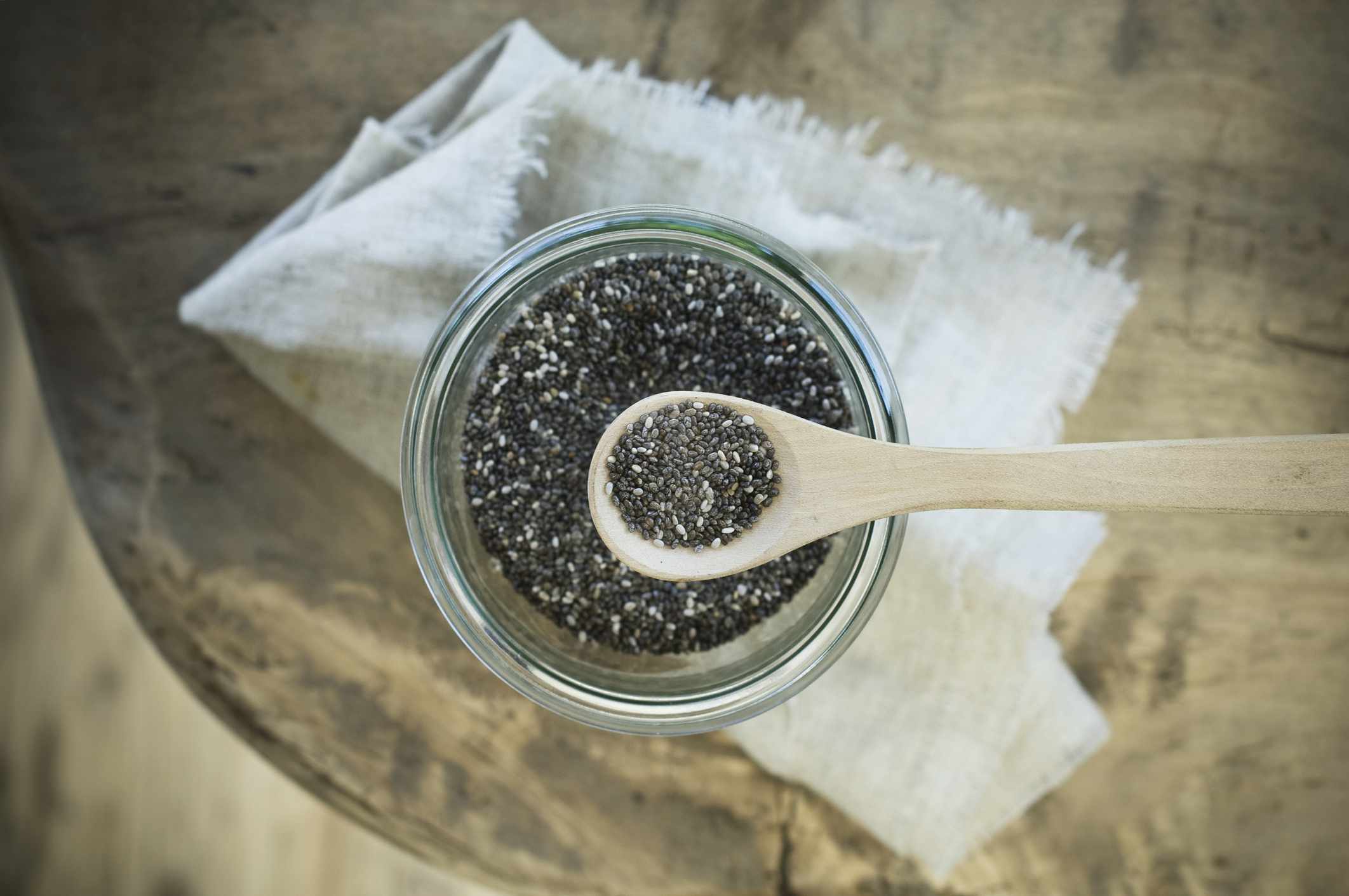


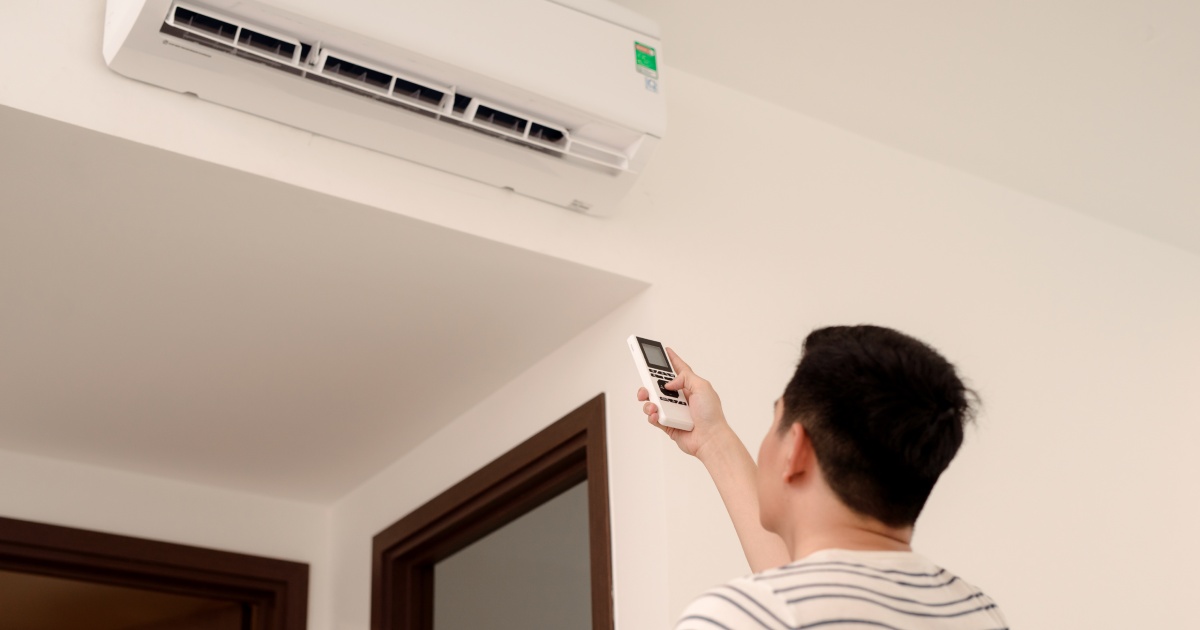

0 thoughts on “How Many Days For Beet To Germinate”